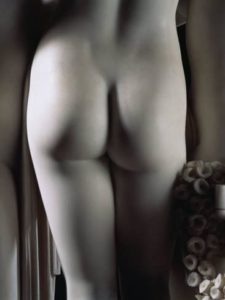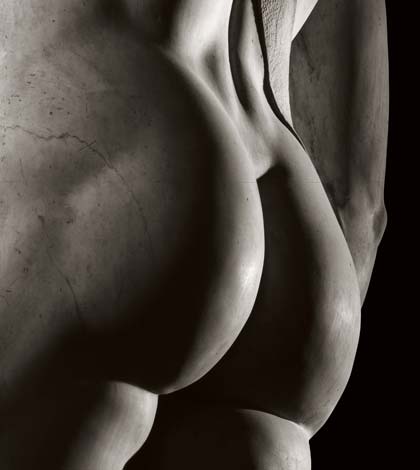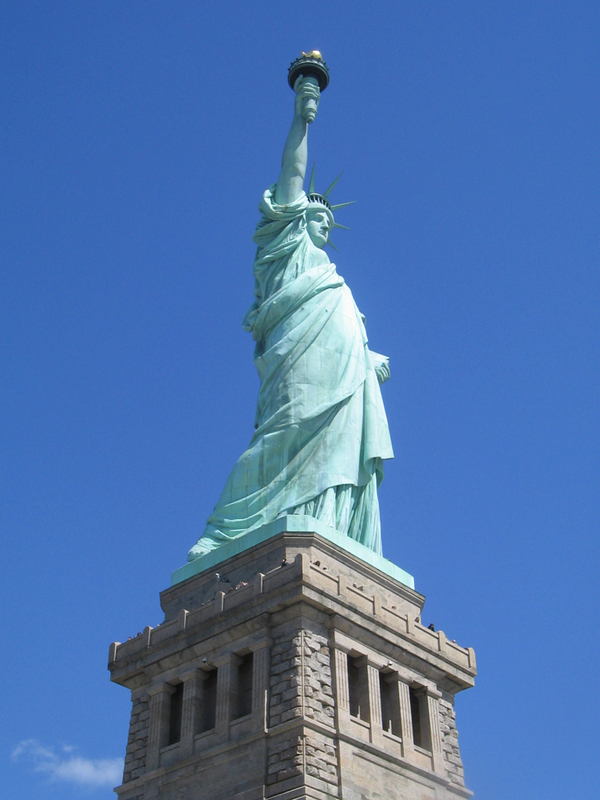August 2, 2018 By TheNewYorkNews
The greatest Neoclassical artist Antonio Canova
Antonio Canova [anˈtɔːnjo kaˈnɔːva] was an Italian Neoclassical sculptor (1 November 1757 – 13 October 1822), famous for his marble sculptures.
The greatest Neoclassical artist.
“Where Michelangelo and Bernini give us energy, Canova gives us climax – a choice that lends his art a very modern melancholy”. [Jonathan Jones – on art Sculpture]
Often regarded as the greatest of the Neoclassical artists, his artwork was inspired by the Baroque and the classical revival, but avoided the melodramatics of the former, and the cold artificiality of the latter.
Antonio Canova in fact, is stiller, more poised, than his predecessors in Italian sculpture. But that is the logical direction for artist in the wake of Donatello, Michelangelo and Bernini.

He rivals that triumvirate of supreme sculptors, while his art is a modern reaction against them: his Theseus sits on the Minotaur’s chest in triumph, deliberately rejecting Michelangelo’s portrayal of David in the moment before action.
“Canova’s system of work concentrated on the initial idea, and on the final carving of the marble” – “The polish throws upon the parts which are lighted so great brilliancy as frequently to make invisible the most laborious diligence; it cannot be seen, because the strong reflected light dazzles the eyes ” — Johann Joachim Winckelmann
On of his greatest achievements: The Three Graces (1814–1817)
John Russell, the 6th Duke of Bedford, commissioned a version of the now famous work.
He had previously visited Antonio Canova in his studio in Rome in 1814 and had been immensely impressed by a carving of the Graces the sculptor had made for the Empress Josephine. When the Empress died in May of the same year he immediately offered to purchase the completed piece, but was unsuccessful as Josephine’s son Eugène claimed it (his son Maximilian brought it to St. Petersburg, where it can now be found in the Hermitage Museum). Undeterred, the Duke commissioned another version for himself.
The sculpting process began in 1814 and was completed in 1817. Finally in 1819 it was installed at the Duke’s residence in Woburn Abbey.
Antonio Canova even made the trip over to England to supervise its installation, choosing for it to be displayed on a pedestal adapted from a marble plinth with a rotating top. This version is now owned jointly by the Victoria and Albert Museum and the National Galleries of Scotland, and is alternately displayed at each.

For more News about Visual Arts, go to our category.
#classicalart #sculpture #statue #thenewyorknews #visualarts #AntonioCanova #Canova #Italian #Neoclassical #sculptor #sculptures #artist
Pictures by: public domain



COMMENTS